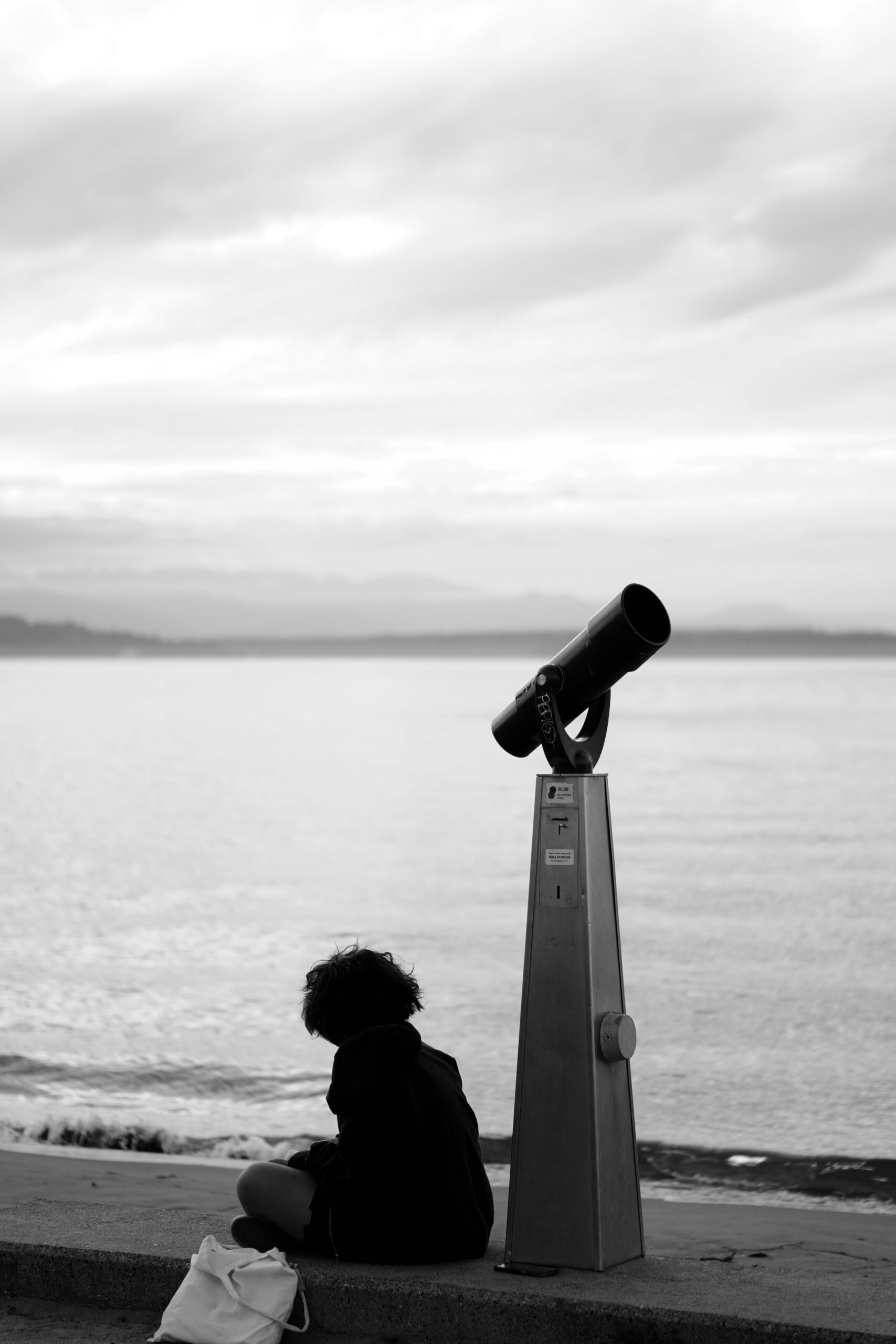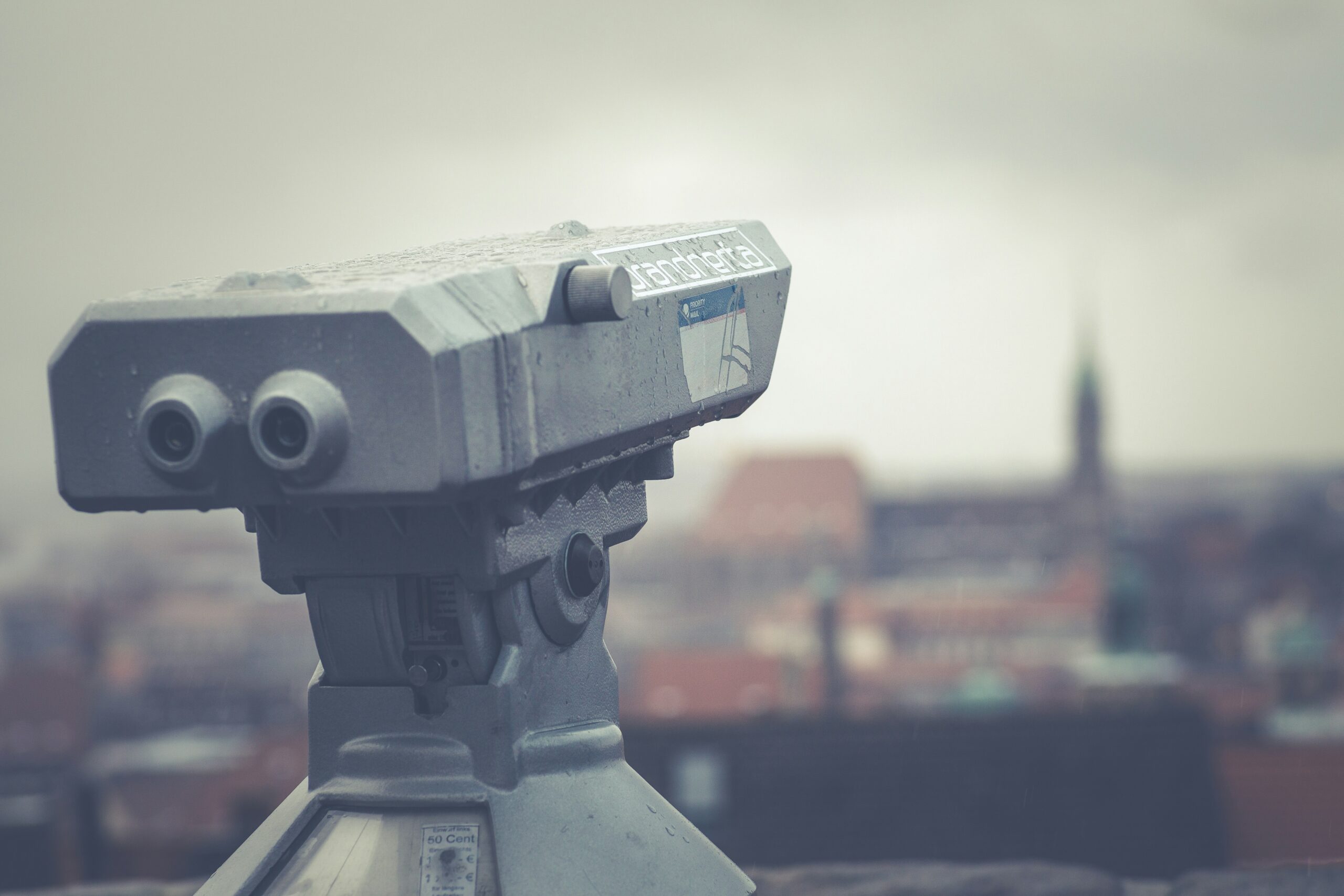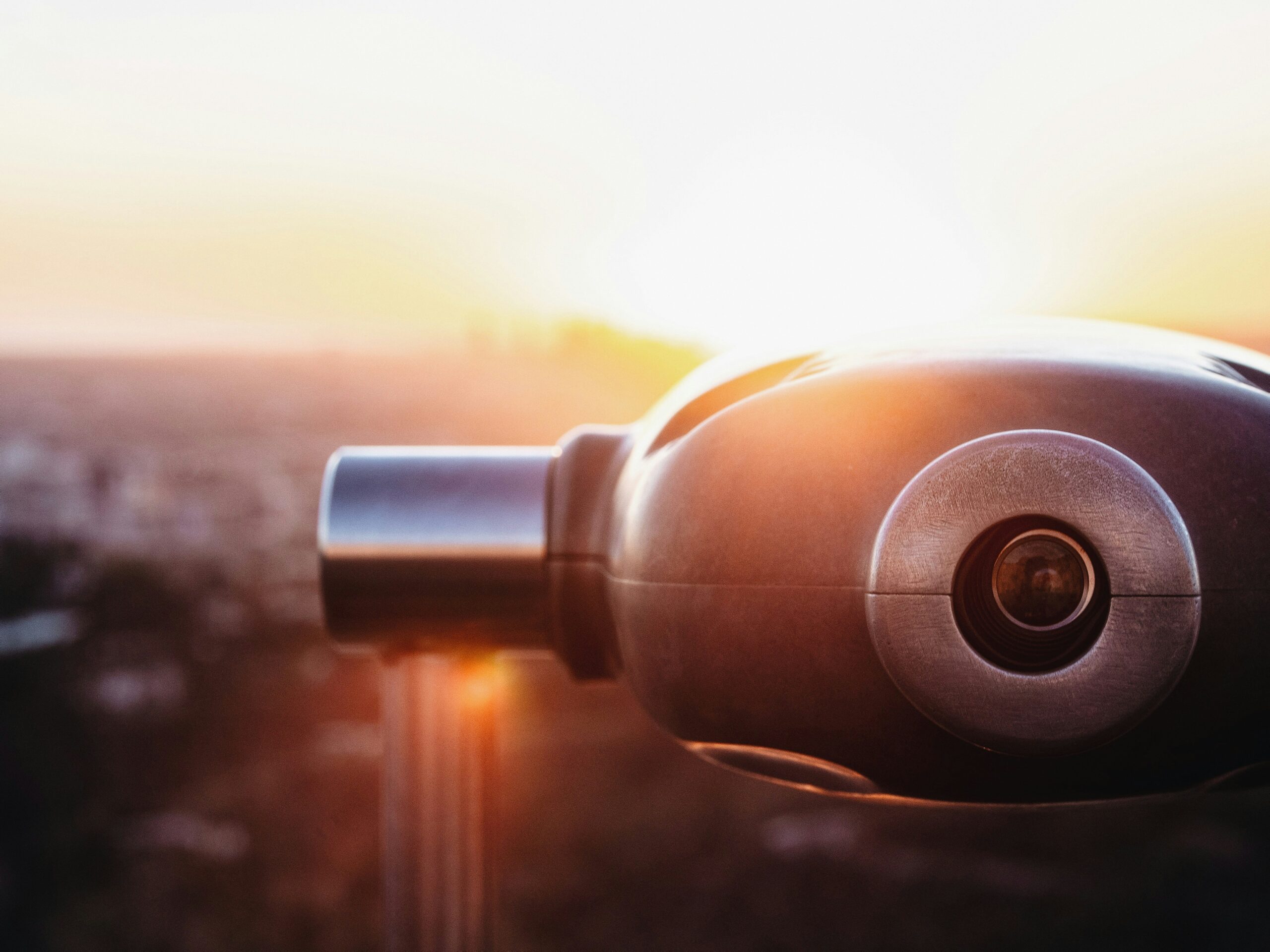Have you ever wondered how to enhance your wildlife observation experience with a single piece of portable equipment? Observing wildlife can be a truly enriching experience, allowing you to connect with nature and witness the wonders of the animal kingdom. With the right tools, this experience can be even more fulfilling. A monocular might be the perfect companion for your next wildlife adventure. Let’s take a closer look at how this device can transform your time in the wild.

Understanding the Monocular
What is a Monocular?
A monocular is a compact, lightweight optical device that resembles half a pair of binoculars. Designed for use with one eye, it serves as a magnifying lens, bringing distant objects closer so you can see details more clearly. This singular focus provides the ability to zoom in on wildlife effortlessly, without the bulkiness of binoculars or the complexity of a telescope.
How Does a Monocular Work?
At its core, a monocular uses lenses and prisms to bend light beams, enlarging the image of far-away subjects. Typical monoculars come with specific magnification powers and lens diameters, which dictate how far and wide you can see with clarity. Most standard monoculars range from 5x to 10x in magnification, providing a good balance between image quality and field of view. This means for every unit increase or decrease in power, you get a proportional view of your object.
Why Choose a Monocular for Wildlife Observation?
There are multiple reasons why you might pick a monocular for your adventures in the wild over other optical devices. Its compact size, ease of use, and simplicity make it an ideal choice for anyone who values convenience and efficiency. Moreover, monoculars are typically more affordable, making them accessible to a wide audience without compromising on quality.
Advantages of Using a Monocular
Portability and Convenience
One of the greatest advantages of a monocular is its size and weight. Often, wildlife excursions involve hiking through rugged terrains or spending long hours outdoors. Carrying a bulky device can be cumbersome. A monocular, however, easily fits into a pocket, backpack, or can hang around your neck, ensuring that your adventure remains unencumbered.
Enhanced Focus and Precision
When observing wildlife, precision is key. Monoculars allow for quick focus adjustments, making it simple to capture fleeting moments in the wild. Their design facilitates rapid response to changes in the environment, giving you the chance to spot animals quickly as they move.
Versatility in Use
Monoculars aren’t just tailored for wildlife; they are versatile devices that can be useful for various activities, such as hiking, birdwatching, sports events, or even astronomy. This multifunctionality adds to their appeal, making them a worthy investment.
High-Quality Optics
Despite their small size, many monoculars come equipped with impressive optics akin to those found in binoculars or spotting scopes. Features like multi-coated lenses and prisms enhance image quality by improving light transmission and reducing glare, offering sharp and clear views even in low light conditions.
Cost-Effective Solutions
For anyone new to wildlife observation, a monocular is a cost-effective option that delivers high performance without the hefty price tag. Comparatively, monoculars offer similar magnification capabilities as entry-level binoculars but at a fraction of the cost.
Practical Applications in Wildlife Observation
Spotting Birds and Other Animals
The compact design of a monocular makes it perfect for quickly spotting birds or other animals. Whether you’re tracking a fast-flying bird or observing a timid deer in the distance, you can easily adjust the focus and magnification for a crisp view.
Trekking and Hiking
When hiking, every ounce of weight counts. A monocular’s light design ensures that you maintain mobility. Its ease of access means you can quickly observe anything that piques your interest along the way.
Improving Navigation and Exploration
While traversing unknown areas, a monocular can help you examine terrain features from afar, aiding in route planning and navigation. With enhanced sight, you can spot potential paths or identify landmarks without needing to get too close.
Nighttime and Low Light Observations
Some advanced monoculars offer night vision capabilities, which are invaluable for observing nocturnal wildlife or exploring during dawn and dusk when natural light is faint. This feature can revolutionize the way you perceive and interact with your environment after dark.
Choosing the Right Monocular for Your Needs
Magnification and Field of View
Choosing the right configuration is crucial. Higher magnification provides more details but can narrow the field of view. For wildlife observation, it might be better to choose a monocular with moderate magnification that strikes a happy balance between detail and view width.
| Magnification | Field of View | Ideal Usage |
|---|---|---|
| 5x to 6x | Wide | Hiking, general observation |
| 7x to 8x | Moderate | Birdwatching, animal spotting |
| 9x to 10x | Narrow | Detailed observations |
Lens Quality and Coating
Ensure the monocular you select has quality optics. Multi-coated lenses reduce reflections, enhance light transmission, and provide clearer, brighter images. Superior lens coating can drastically improve your viewing experience, especially in harsh light conditions.
Build and Durability
Look for robust materials and waterproof or fog-resistant designs. Wildlife observation often involves exposure to the elements, so durability is key in ensuring that your monocular withstands various conditions without damage.
Size and Weight Considerations
Consider how and where you’ll be using your monocular. Smaller, lighter models are great for casual outings, while larger devices with higher specs may be preferable for more dedicated observation sessions.

Tips for Maximizing Your Monocular Experience
Using Proper Techniques
To make the most of your monocular, hold it steady and use both hands for stability if necessary. Practice quick focus techniques so you can rapidly adjust to different distances as animals move.
Maintenance and Care
Taking care of your monocular extends its life. Clean lenses with a microfiber cloth regularly and store the device in a protective case when not in use. Avoid exposing it to extreme temperatures or moisture to preserve internal components.
Practice and Familiarity
Spend time familiarizing yourself with your monocular’s settings and functions. Practice in your backyard or local park to become adept at quickly focusing and adjusting as you observe different subjects.
Conclusion: Embracing the Monocular’s Potential
Investing in a monocular can transform your wildlife observation significantly. It combines practicality, versatility, and high-quality optics in a compact form, making it an invaluable tool for nature enthusiasts. By understanding its features and effectively applying them in the field, you’re likely to uncover new depths in your wildlife explorations, seeing the world through a clearer, more defined lens. So, if you’re eager to connect more deeply with nature, perhaps it’s time to consider adding a monocular to your gear list and experiencing firsthand the numerous advantages it offers.

